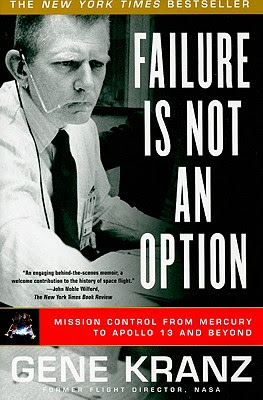It was an eerie coincidence: I had started reading the autobiography of Eugene Cernan, the last man on the Moon, and the day I finished it, I read the news of sad demise of Neil Armstrong, the first man to step on the Moon.
Eugene Cernan had an illustrious career as an astronaut: he was the second American to do a spacewalk, and as the commander of Apollo 17, he was the last human – as of now – to step off the Moon. In his autobiography, "The Last Man on the Moon", he recounts his childhood, career as a fighter pilot, induction into NASA and his adventures aboard Gemini 9, Apollo 10 and Apollo 17.
Cernan sheds light on a lot of hitherto unknown facts of the moon programme. For example, the details of the plane crash that killed two astronauts or the fact that oxygen tank that ruptured on Apollo 13 was originally fitted on Apollo 10 and was then replaced. He gives interesting profiles of some of the leading men of the Mercury-Gemini-Apollo era: Alan Shepard, Gus Grissom, Neil Armstrong, Buzz Aldrin, Jack Schmidt, and many more. He also gives a good insight into the background events -- social and political -- that affected the Moon missions.
What makes this book a sheer pleasure is Cernan’s very candid, no-nonsense style of writing. The episode of his having to apologize for using “cuss words” during an emergency on Apollo 10 mission is particularly fun to read. His apology went like this:
What makes this book a sheer pleasure is Cernan’s very candid, no-nonsense style of writing. The episode of his having to apologize for using “cuss words” during an emergency on Apollo 10 mission is particularly fun to read. His apology went like this:
“To those we hurt, we are sorry. To those who understand, thank you!”
Unlike some other books, this autobiography doesn't try to portray the astronauts as some out-of-this-world superheroes, but shows them as real men with real feelings, and of course, flaws. Cernan writes at length about the toll that rigorous training programme and the missions themselves took on the family relations of the astronauts, particularly with regards to their wives. While the men toiled hard in simulators and classes all day long, the wives were left to themselves to take care of running the house and looking after the children. It should come as no surprise that after the Apollo programme, a vast majority of the astronauts's wives divorced their husbands.
This book is a must-read for every space enthusiast interested in the Apollo era.





